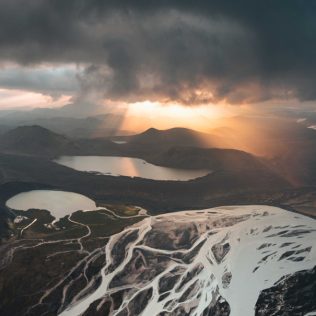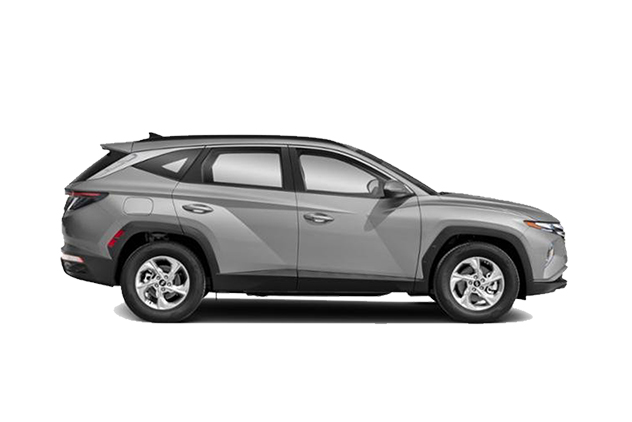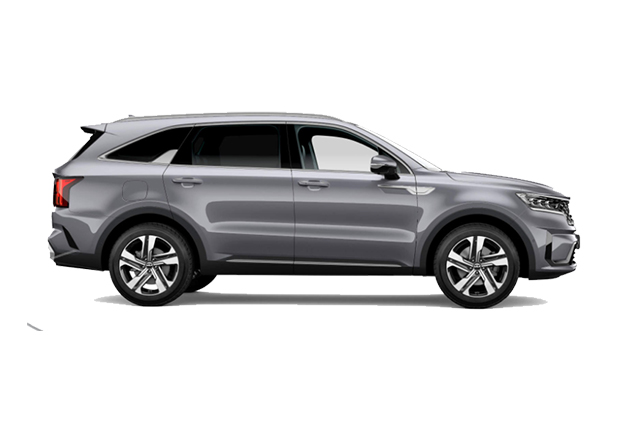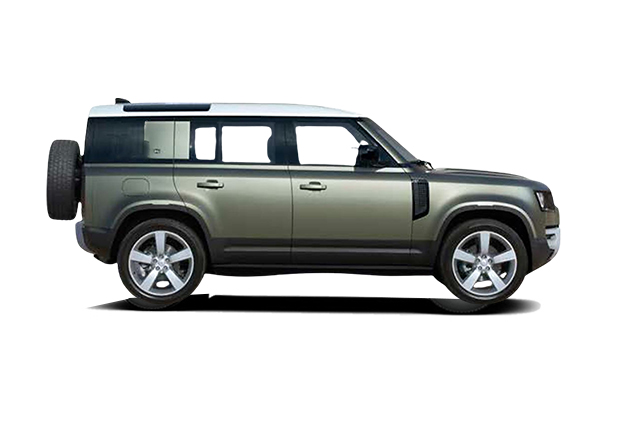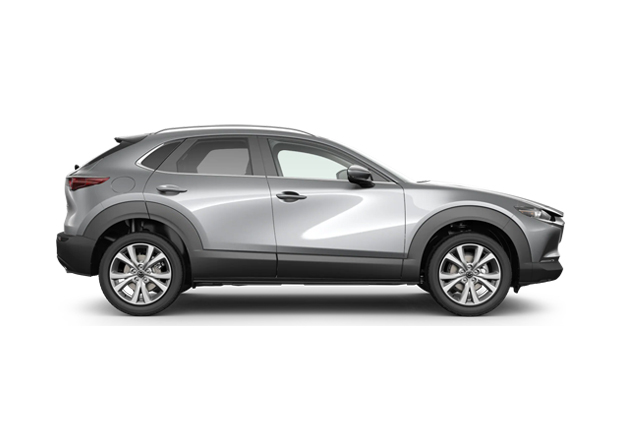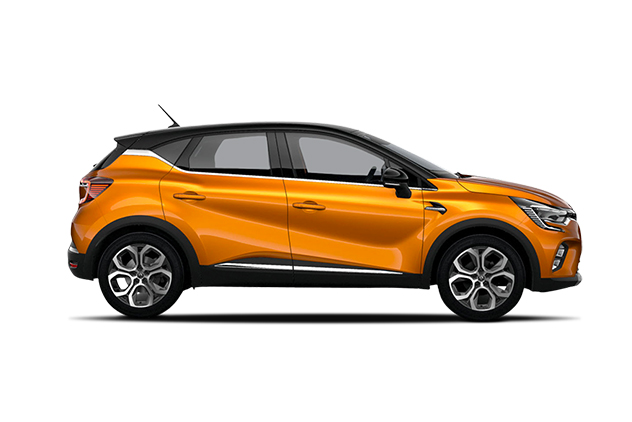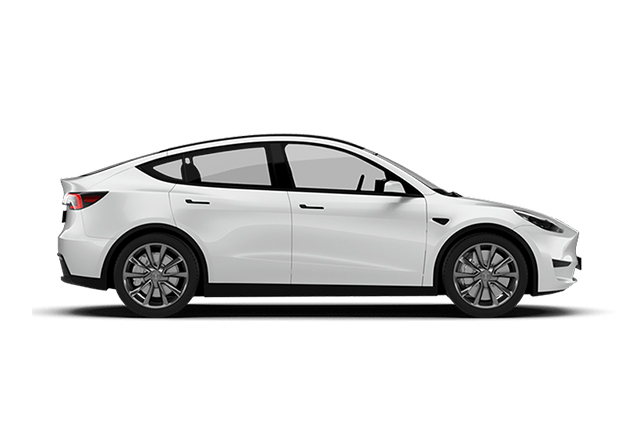There’s a lot said about the Iceland weather and how tough it can be to cope with, but the truth is all the seasons are unique and spectacular in their own right. For travelers planning a self-drive trip, the question isn’t just what the weather is like. It’s how that weather will affect your route, your rental car choice, and your overall experience on the road.
In this guide, we break down Iceland’s climate and weather by season and month, with a special focus on what each time of year means for driving. You’ll also find realistic car rental advice, highlights to help you plan your itinerary, and links to deeper monthly guides so you can dive into the details.
- Related link: Rental a Car in Iceland; Iceland Nature Tips
Table of Contents
- Climate in Iceland
- Spring in Iceland (April and May)
- Summer in Iceland (June to August)
- Fall in Iceland (September and October)
- Winter in Iceland (November to March)
- How to Choose the Best Time to Visit Iceland
- Iceland Weather Tips
- Frequently Asked Questions
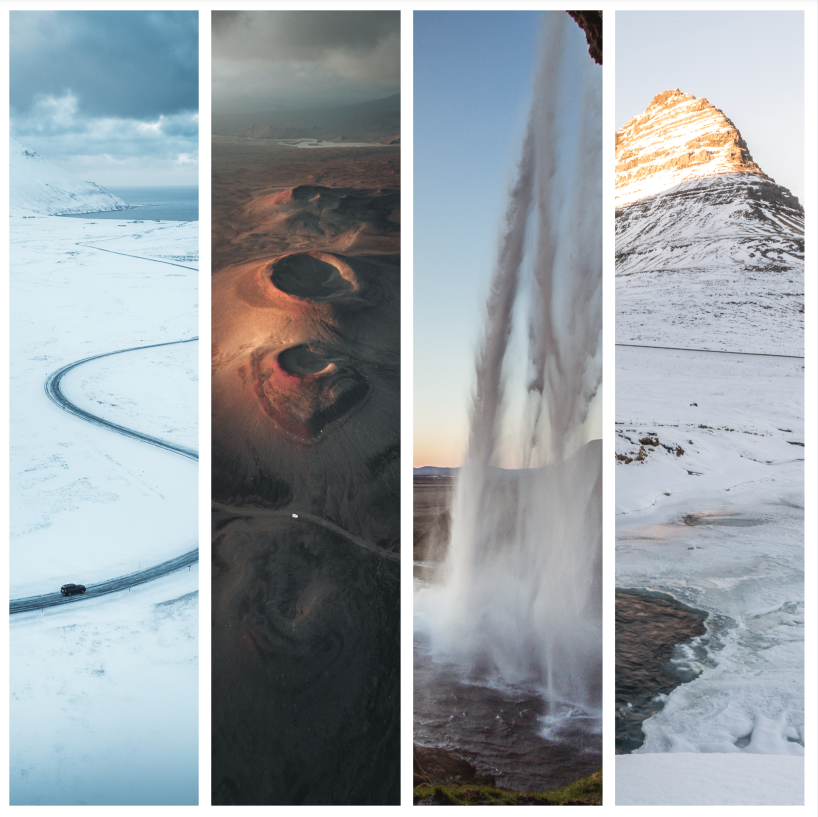
Climate in Iceland: What to Expect
Despite its name, Iceland isn’t as cold as many people expect. Thanks to the warm Gulf Stream, winters in coastal areas are relatively mild compared to other countries at similar latitudes. That said, inland and northern areas can still experience harsh weather, especially during winter.
Iceland’s weather is famously unpredictable. Wind, rain, sunshine, and even snow can all happen in a single day. Because of this, road conditions in Iceland vary dramatically depending on where and when you’re driving. That’s why planning around the weather isn’t just smart, it’s essential for a safe and enjoyable self-drive trip.
Whether you’re here for the ice caves in January or the midnight sun in July, understanding how Iceland’s weather will affect your driving route, vehicle choice, and itinerary is key to a smooth trip.
Spring in Iceland (April to May)
Spring is short and changeable. While it marks the beginning of milder weather in the south, the north and highlands often remain in winter’s grip until late May. Expect rain, thawing snow, muddy gravel roads, and fluctuating temperatures. Southern regions start to green up, and migratory birds begin to arrive. Spring is ideal for travelers seeking shoulder-season pricing and fewer crowds. The landscapes are just starting to wake up, and puffins return to the cliffs in late April. While you won’t have access to the highlands or certain Westfjords routes yet, there’s still plenty to see and do, especially in the south and west.
What This Season is Best For: Nature photographers will love the combination of snowcapped mountains and budding greenery. Birdwatchers can spot puffins and other migratory species. If you’re lucky, late snow in the north can also bring a final glimpse of the aurora.
How Cold is Iceland in Spring?
| Spring | Reykjavik | Akureyri |
| Average Temperatures | 1℃ and 9℃ (34°F and 48°F) | -3℃ and 6℃ (26.6°F and 42.8°F) |
| Average Rainfall | 72.5mm when spring starts & 57.5mm when it ends | Between 20.3mm & 40.64mm |
| Daylight | 16 to 18 hours | 12 to 17 hours |
Recommended Rental Cars for Iceland in Spring
A 4WD SUV is recommended, especially if you’re exploring outside Reykjavík or want to visit rural areas. Even paved roads may have icy mornings or standing water. Don’t rely on a compact 2WD unless you’re staying strictly within the capital region.
Driving Tips: Expect patchy road conditions, especially on gravel routes and in the north. Potholes from winter freeze-thaw cycles may not have been repaired yet. Some mountain passes remain closed. If you’re not used to winter-like driving, stick to the south and west regions and avoid rural inland detours unless in a proper 4WD.
Top Attractions in Spring
Iceland waterfalls are spectacular with snowmelt rushing through them. Skógafoss and Seljalandsfoss are particularly powerful. Dyrhólaey becomes a hotspot for early puffin sightings. In the west, Hvalfjörður is peaceful and vibrant with spring color. The Secret Lagoon in Flúðir offers a warm soak after a cool hike.
Read more: Iceland in April | Iceland in May
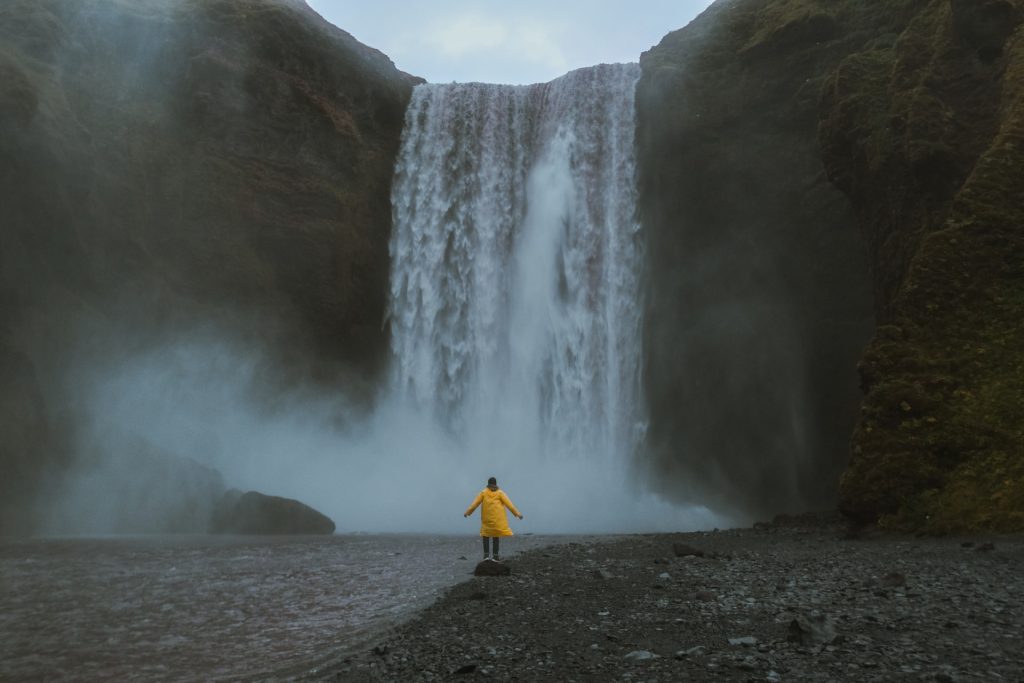
Summer in Iceland (June to August)
Most locals will tell you that summer is the best time to visit Iceland, and judging by the large number of tourists who visit Iceland, they are definitely right. Summer offers the most stable conditions for driving and travel. Daylight lasts nearly 24 hours in June, and most roads across the country, including remote F-roads, are open from late June or early July. Temperatures are mild, though wind and light rain are still possible.
The summer is a great great time to visit, especially for those planning full Ring Road or highland itineraries. All major routes and many remote attractions become accessible, and Iceland’s lushest landscapes are at their peak. However, it’s also the busiest and most expensive season.
What This Season is Best For: Camping, hiking, whale watching, exploring the Westfjords and Eastfjords, and highland adventures. This is the only season where it’s feasible to reach places like Askja, Þórsmörk (by F-road), and the interior Highlands by vehicle.
How Cold is Iceland in Summer?
| Summer | Reykjavik | Akureyri |
| Average Temperatures | 8℃ and 14℃ (46.4°F and 57.2°F) | 4℃ and 13℃ (39.2°F and 55.4°F) |
| Average Rainfall | 52.5mm when summer starts & 87.5mm when it ends | Between 46.64mm & 83.82mm |
| Daylight | 21 hours | 23 hours |
Recommended Rental Cars for Iceland in Summer
A 2WD car is sufficient for the Ring Road and paved routes. But if you’re venturing into the highlands or F-roads (which are only open in summer) a 4WD or high-clearance SUV is legally required and practically necessary. Campervans are also a popular option in this season.
Driving Tips: The long daylight hours can be disorienting, so don’t skip rest breaks just because it’s still bright outside. F-roads may open later than expected depending on snowmelt. Always confirm current road status on road.is. Sheep frequently roam the roads, especially in rural regions.
Top Attractions in Summer
Landmannalaugar’s colorful rhyolite mountains are accessible and ideal for hikes. Jökulsárlón Glacier Lagoon sparkles under the midnight sun. Snæfellsnes Peninsula shines with its varied landscapes, including beaches, lava fields, and glaciers. In the Westfjords, Dynjandi waterfall and Rauðasandur beach are standout highlights.
Read more: Iceland in June | Iceland in July | Iceland in August
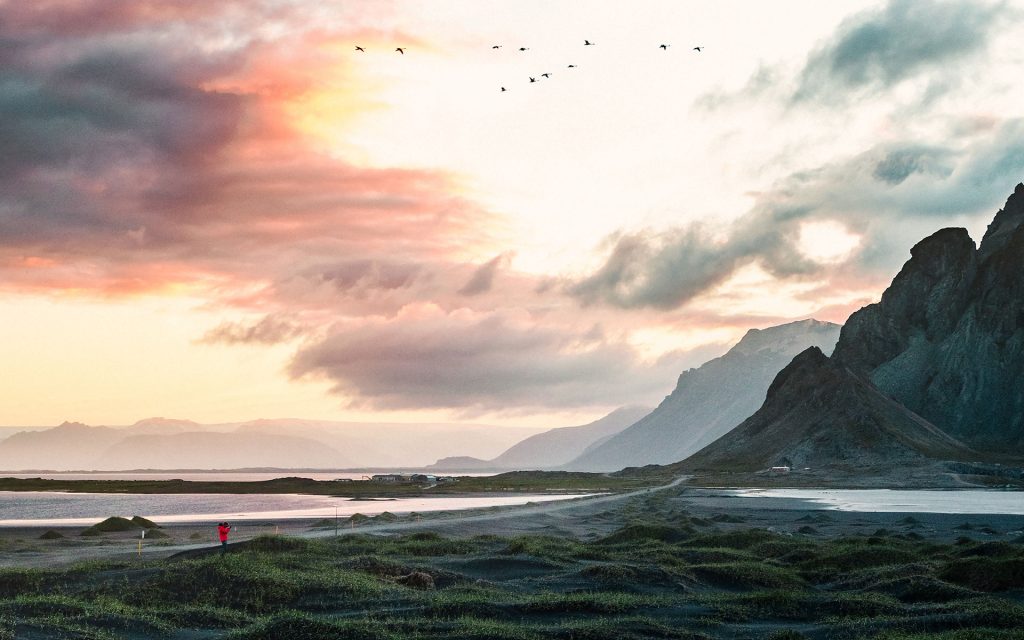
Autumn in Iceland (September and October)
Autumn brings cooling temperatures and an increase in wind and rainfall, particularly in October. Early autumn can still feel quite mild, especially in the south, but by the end of October, winter conditions begin to creep in, particularly in the north and at higher elevations. Fall colors take over the landscape, creating a dramatic backdrop for road trips. The leaves start to brown out and fall from their branches, and the migratory birds and other wildlife will also start to leave their homes in Iceland. So tours that include activities like bird watching will also start to close for the year.
Autumn is ideal for travelers looking to avoid the summer crowds and still enjoy decent weather conditions, especially in September. It’s also one of the best times to spot the Northern Lights as the nights grow darker but the weather remains relatively mild.
What This Season is Best For: This is a fantastic season for those who want a bit of everything: some lingering greenery, early snowfall in the mountains, northern lights displays, and more budget-friendly travel options. Fall also offers unique experiences like berry picking in the wild or catching the autumn sheep roundup in rural areas.
How Cold is Iceland in Autumn?
| Autumn | Reykjavik | Akureyri |
| Average Temperatures | 10℃ and 2℃ (50°F and 35.6°F) | 6℃ and -2℃ (42.8°F and 28.4°F) |
| Average Rainfall | 155 mm | 95 mm |
| Daylight | 13 to 9 hours | 12 to 7 hours |
Recommended Rental Cars for Iceland in Autumn
A 4WD or mid-size SUV is ideal for autumn. You’ll appreciate the extra traction as the first frosts set in, and it allows more flexibility in your route planning. If you’re planning to visit the Westfjords or other remote areas, a 4WD is strongly advised.
Driving Tips: Be prepared for rapidly changing road conditions, especially in the latter half of autumn. Some highland roads and routes in the Westfjords begin closing by mid-October due to snow or safety concerns. Wind speeds also pick up, making it important to monitor conditions if you’re in a high-profile vehicle like a campervan or SUV. As always, check road.is before setting out.
Top Attractions in Autumn
Thingvellir National Park is stunning under fall colors and offers wide, accessible trails. Hraunfossar and Barnafoss waterfalls near Borgarfjörður become framed by brilliant gold foliage. In East Iceland, the scenic drive through Seyðisfjörður is especially beautiful during autumn, and the geothermal pools around Mývatn are perfect for relaxing as the air turns crisp.
Read more: Iceland in September | Iceland in October
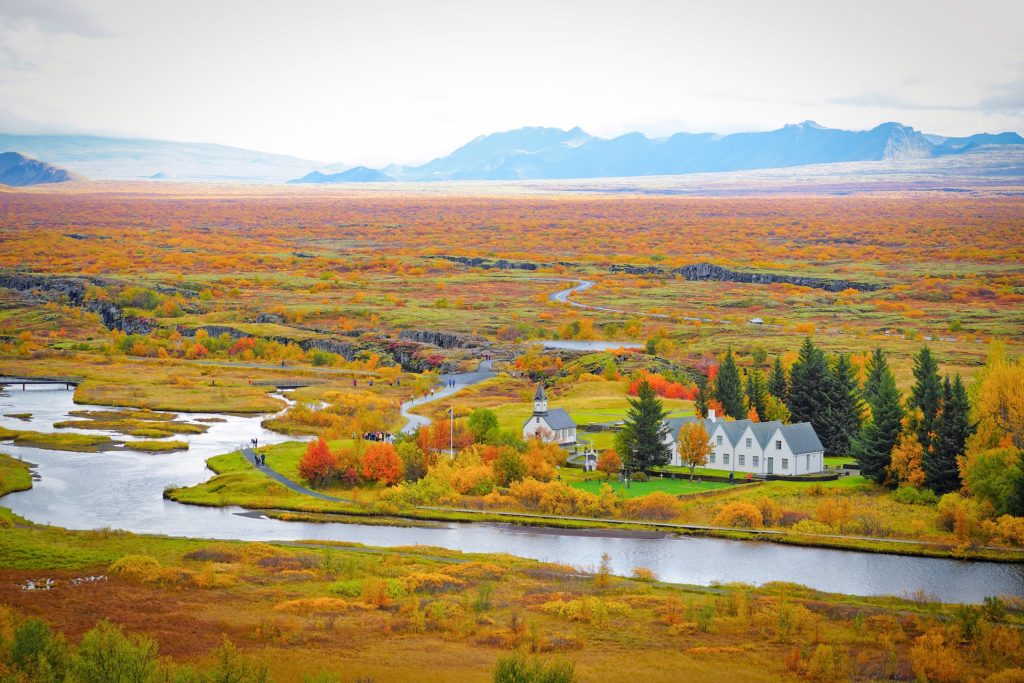
Winter in Iceland (November to March)
Winter in Iceland is beautiful, unpredictable, and at times severe. Heavy snowfall, gale-force winds, and icy roads are common, particularly in December and January. However, the country is well equipped to handle winter, and many attractions remain accessible with the right vehicle and preparation. If you’re well prepared and comfortable with winter driving, then the winter can be an incredible time to visit the country. Winter is when Iceland’s natural features like ice caves, frozen waterfalls, and the Northern Lights are at their most dramatic. Travel costs also tend to be lower outside of the holiday season.
What This Season is Best For: Winter offers unforgettable opportunities to visit glacier ice caves, soak in geothermal hot springs surrounded by snow, and view the aurora borealis in its full glory. There’s also a quieter, more intimate atmosphere during this season, particularly outside of December.
How Cold is Iceland in Winter?
| Winter | Reykjavik | Akureyri |
| Average Temperatures | 2℃ and -2℃ (35.6°F and 28.4°F) | 2℃ and -5℃ (35.6°F and 23°F) |
| Average Rainfall | Between 100mm & 107.5mm | Between 20mm & 36 mm |
| Daylight | 4 to 8 hours | 3 hours |
Recommended Rental Cars for Iceland in Winter
A large 4WD SUV with winter tires is essential. Avoid 2WD vehicles altogether in winter, even if you’re just staying near Reykjavík. The weather conditions can change really quickly at this time of year. Look for rentals that include studded tires, heated seats, and windshield defrosters for safety and comfort.
Driving Tips: Driving requires extra caution. Snow, ice, and high winds can close roads for days. Only major roads are consistently cleared, and smaller routes, especially in the north and Westfjords, may be inaccessible. Always check road.is and vedur.is before driving. If you’re uncomfortable with snowy or low-visibility conditions, consider joining guided tours instead.
Top Attractions in Winter
The Vatnajökull ice caves near Jökulsárlón are only accessible in winter and are a major highlight for many. The Blue Lagoon and Sky Lagoon are even more magical when it’s snowing outside. In the north, Akureyri and Mývatn offer fewer tourists and excellent aurora viewing.
Read more: Iceland in November | Iceland in December | Iceland in January | Iceland in February | Iceland in March
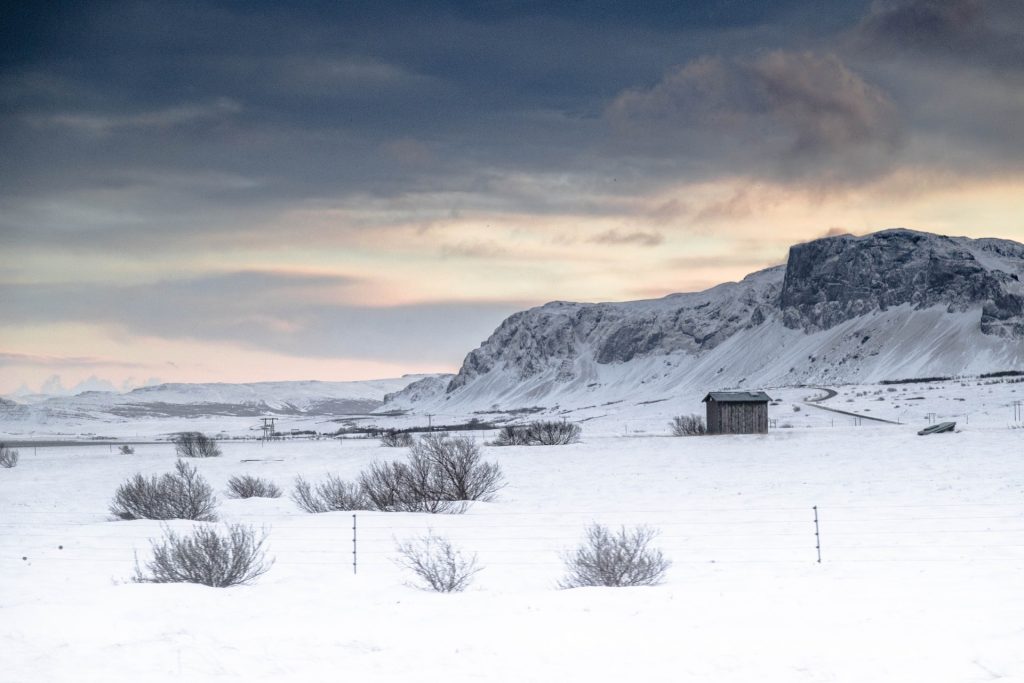
How to Choose the Best Time to Visit Iceland
Choosing when to visit Iceland depends on what you hope to experience and how confident you are driving in different weather conditions. The country transforms with each season, offering vastly different experiences for every type of traveler.
Here’s a comparison overview to help you choose:
| Season | Driving Conditions | Best Rental Car | Highlights | Considerations |
| Spring | Thawing, wet roads | 4WD | Puffins, waterfalls, fewer tourists | Road closures, icy mornings |
| Summer | Dry, open roads | Any | Midnight sun, all attractions open | Busy season, higher prices |
| Autumn | Unpredictable | SUV/4WD | Aurora, fall colours, lower costs | Rainy, darker days, closures |
| Winter | Snowy, stormy | 4WD SUV | Ice caves, lights, hot springs | Challenging roads, very short days |
Extra Iceland Weather Tips
To get the most out of your self-drive adventure in Iceland, preparation is everything. Weather conditions can change in an instant, and the more remote your destination, the more crucial it is to stay informed.
- Always check the forecast before you drive. Use vedur.is for weather updates and road.is for current road conditions and closures.
- Build in extra time to your itinerary, especially in winter or shoulder seasons. Delays due to storms, ice, or sudden road closures are common.
- Choose your rental car wisely. For summer trips that stick to main roads, a 2WD vehicle is often fine. For spring, autumn, and especially winter, a 4WD SUV provides the flexibility and safety you need.
- Don’t overplan. The midnight sun may tempt you to drive for hours on end in summer, but fatigue can set in quickly. Schedule rest and allow for slower travel.
- Most importantly, drive with caution and curiosity. Iceland rewards those who are flexible and prepared. Whether you’re navigating snow-covered roads in the north or soaking in hot springs under a summer sky, understanding how the weather impacts your journey ensures you’ll see the country at its best
Iceland Weather FAQs
-
- Which is colder, Canada or Iceland?
Canada can be much colder than Iceland, especially in winter. While parts of Canada regularly experience temperatures below –30°C (–22°F), Iceland’s coastal areas usually stay between –5°C and 5°C (23°F to 41°F) during the coldest months.
- Which is colder, Canada or Iceland?
-
- Is there snow on the ground in Iceland now?
That depends on when you’re reading this and where you are in the country. In winter (roughly November to March), snow is common in the north, the highlands, and occasionally the south. Reykjavík may have snow on the ground in winter, but it often melts quickly. Outside those months, snow is rare except at higher elevations.
- Is there snow on the ground in Iceland now?
-
- What month is rainy in Iceland?
October is typically the rainiest month in most parts of Iceland, particularly in Reykjavík and the southern regions. Autumn in general sees a noticeable increase in precipitation, so if you’re visiting in September or October, pack waterproof layers and be prepared for wet conditions.
- What month is rainy in Iceland?
-
- What is the sunniest month in Iceland?
May tends to be the sunniest month of the year in Reykjavík, offering long daylight hours and relatively low rainfall. June and July bring even more daylight (nearly 24 hours in some areas) but they can be cloudier. If you’re chasing both sunshine and good driving conditions, May is an underrated gem.
- What is the sunniest month in Iceland?
-
- Does it ever get warm in Reykjavík?
Yes, but “warm” is relative. In summer, daytime highs in Reykjavík can reach 15–20°C (59–68°F), with occasional spikes above 20°C on sunny days. It’s not beach weather by most standards, but it’s perfect for hiking, sightseeing, and long road trips with the windows down.
- Does it ever get warm in Reykjavík?
-
- What is the snowiest town in Iceland?
Akureyri, the largest town in North Iceland, is often considered the snowiest populated area in the country. Thanks to its inland location and colder climate, it sees significantly more snow than Reykjavík and can hold snow on the ground for much of the winter. However, towns in the Westfjords and highland areas often get even more snowfall, but they’re just less accessible year-round.
- What is the snowiest town in Iceland?
-
- Is Iceland cold all year round?
Not exactly. While Iceland stays cool year-round compared to many countries, it’s not freezing all the time. Summer temperatures can reach 15–20°C (59–68°F), especially in the south. Winter temperatures, particularly in Reykjavík, usually hover just below freezing. The highlands and north are much colder, but coastal areas benefit from the warming effects of the Gulf Stream, keeping things milder than you’d expect for a country near the Arctic Circle.
- Is Iceland cold all year round?
Make the Most of Iceland Weather
No matter when you visit, Iceland’s weather will shape your experience. Your rental car plays a big role in how smoothly that experience goes. Whether you’re planning to explore the highlands, chase the Northern Lights, or circle the Ring Road, it’s important to be equipped for the conditions.
Book your rental car with Hertz Iceland today and drive with confidence in any season.
